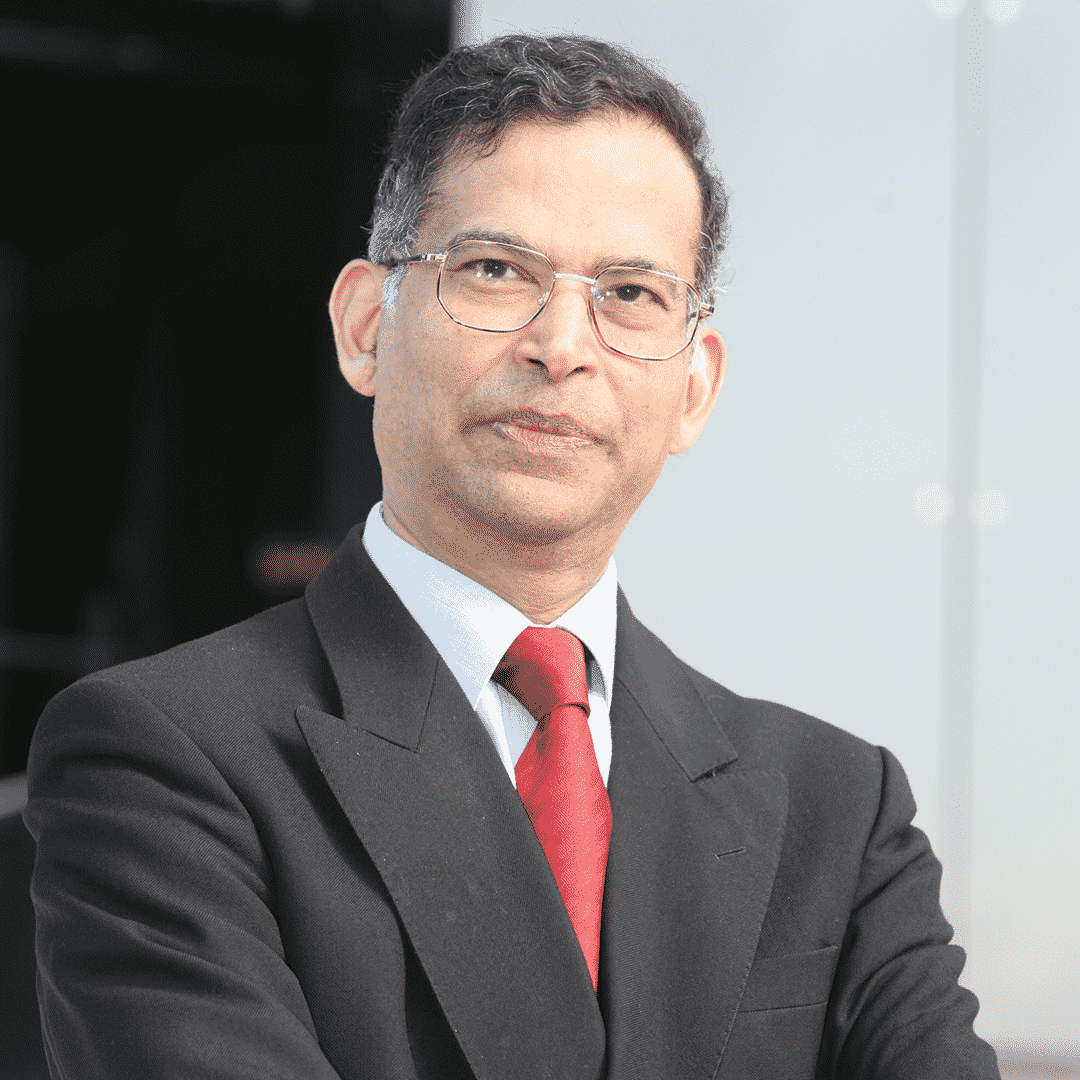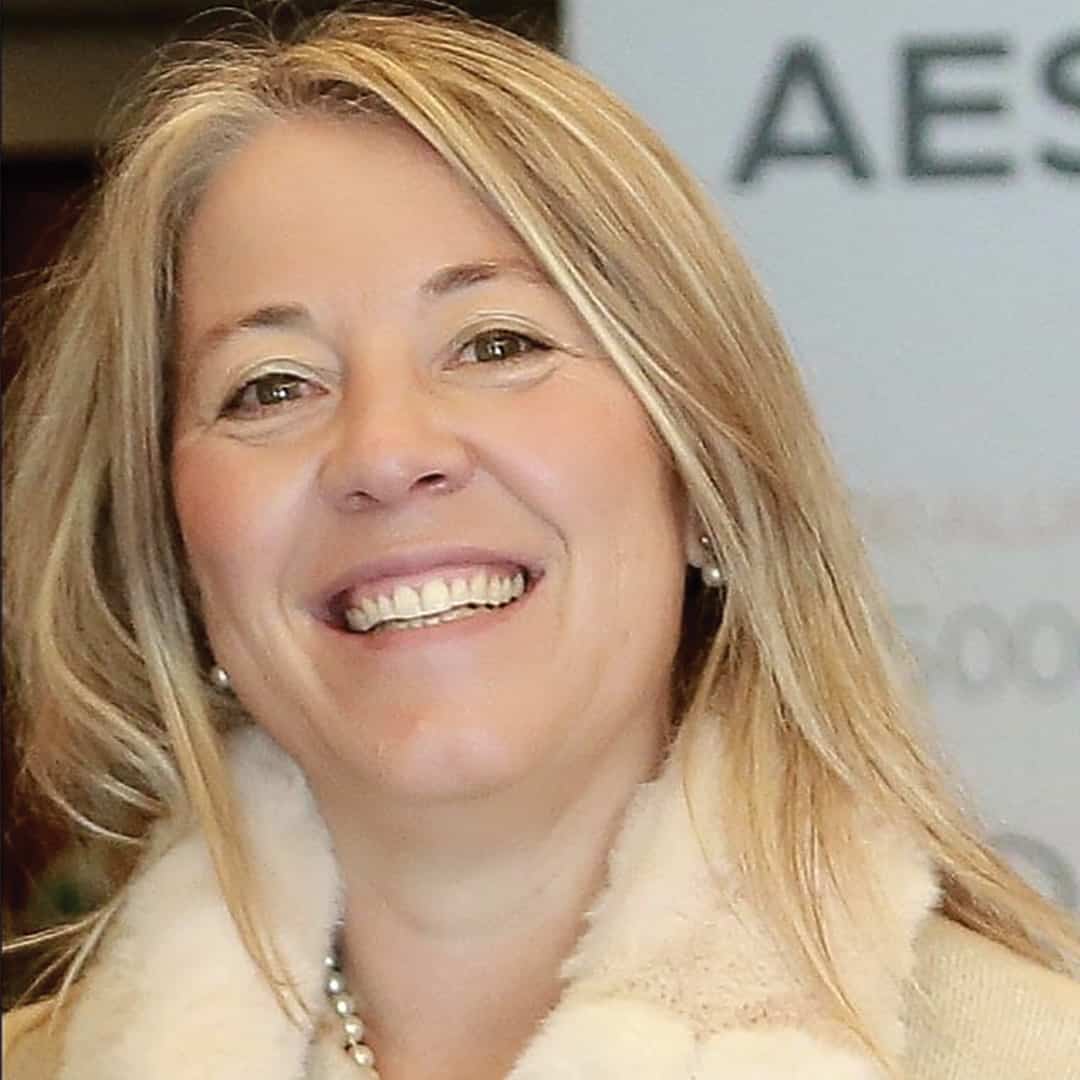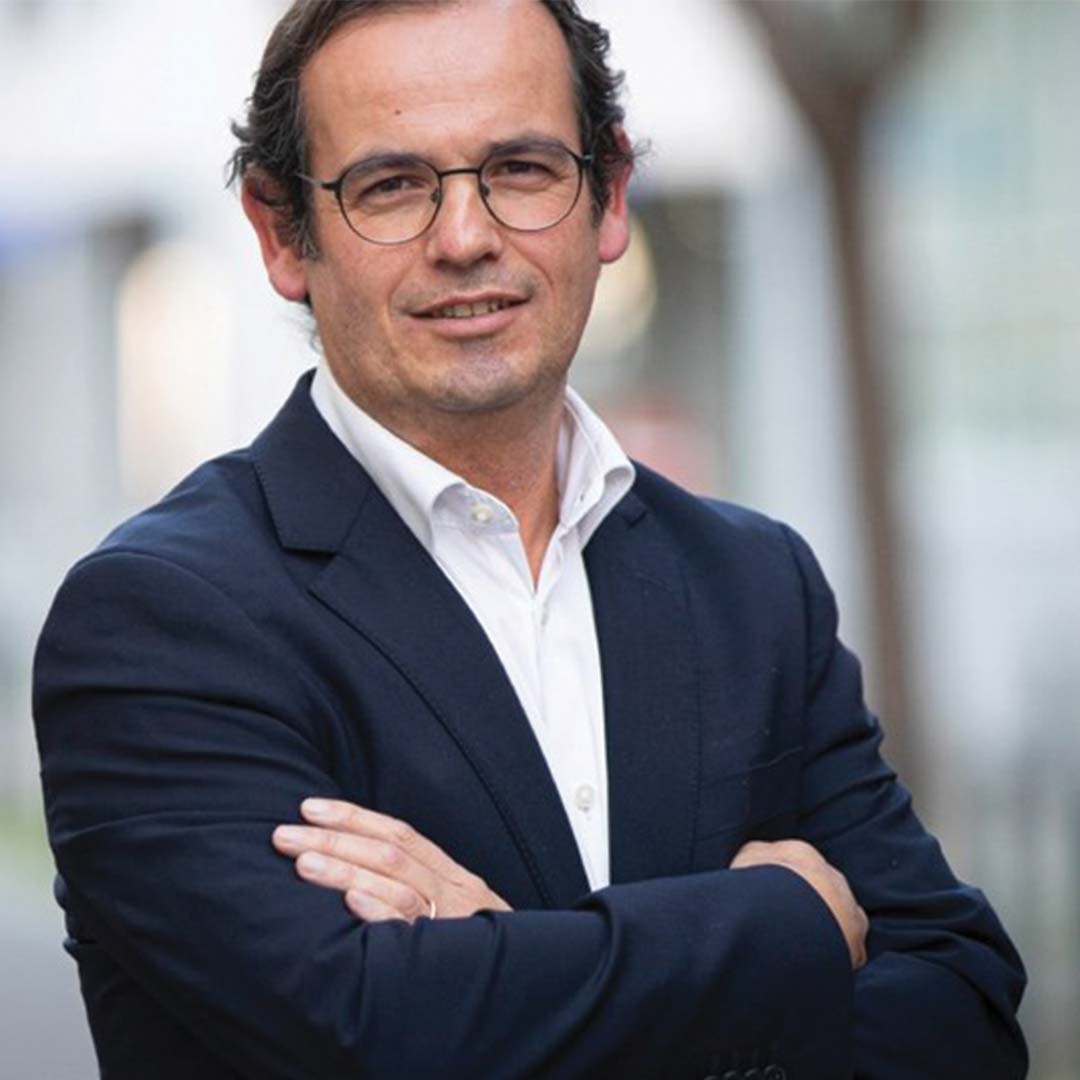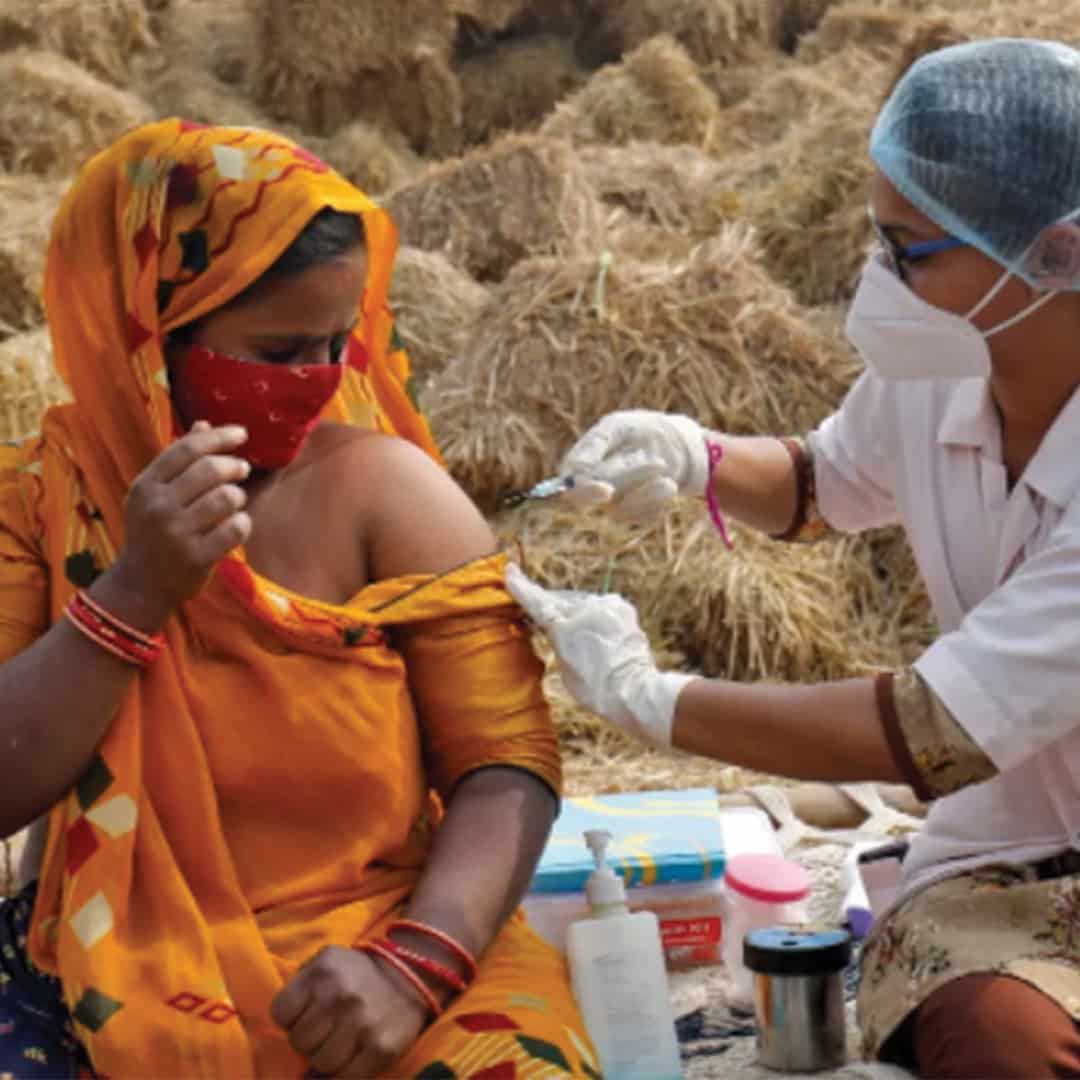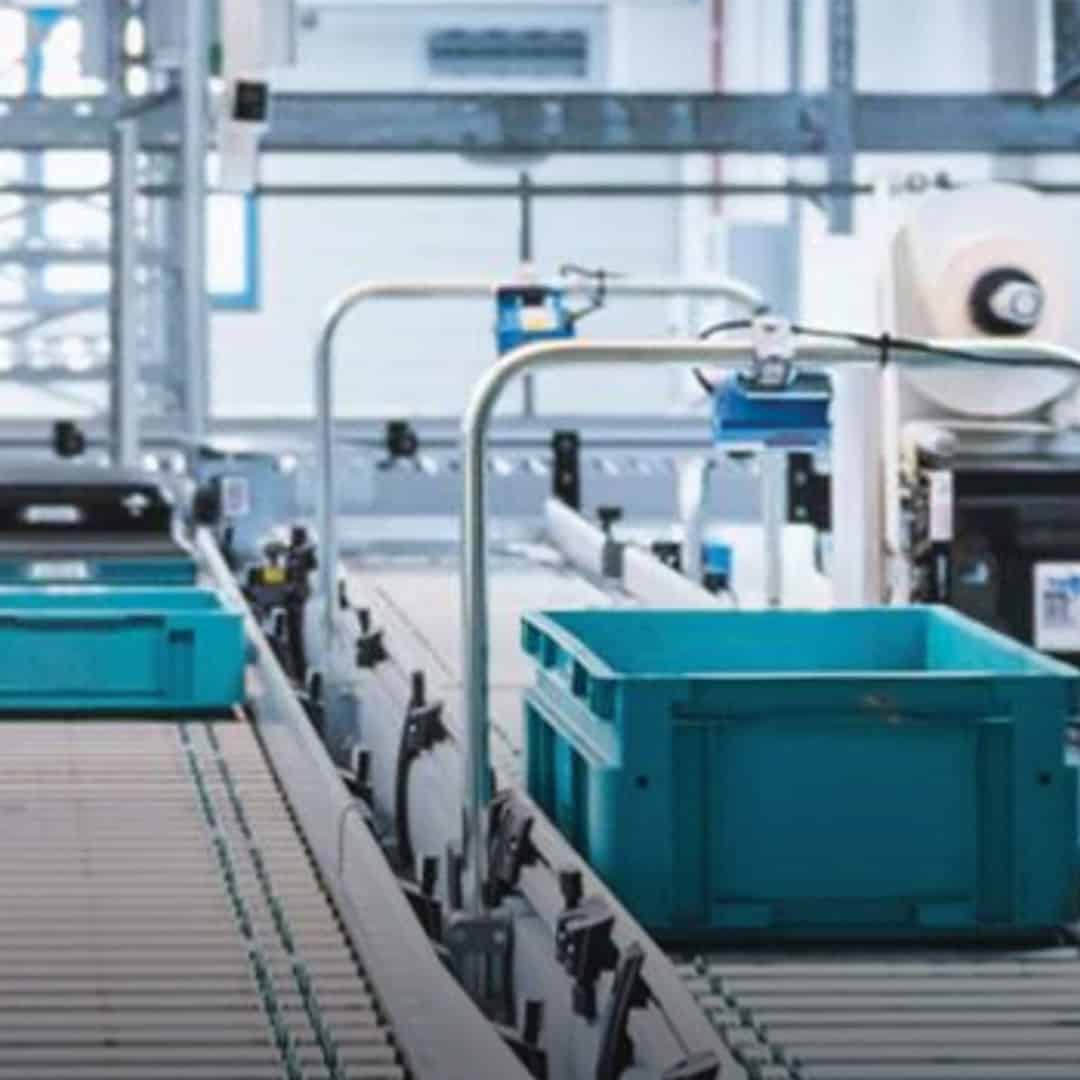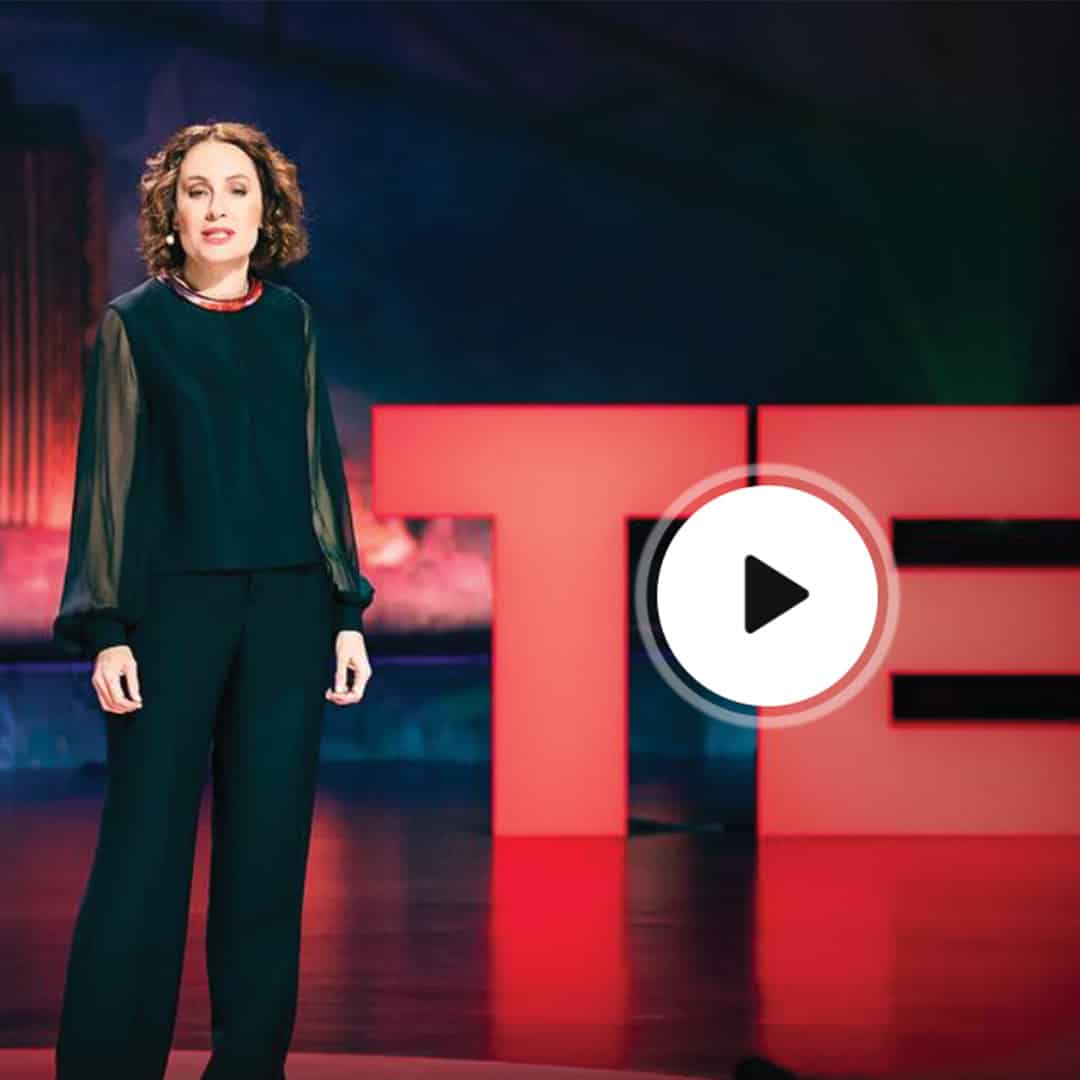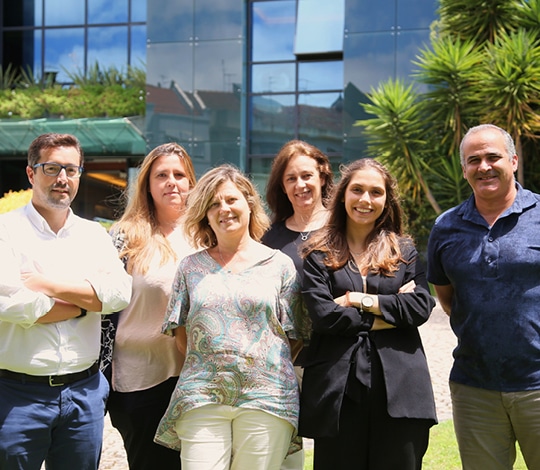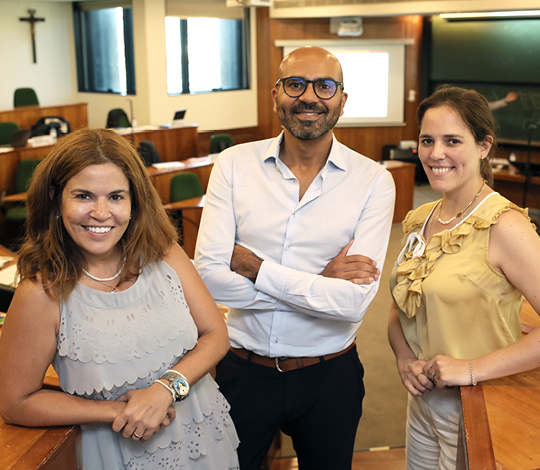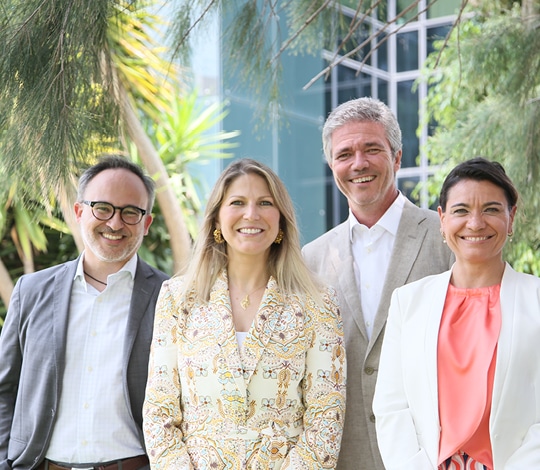After India’s Independence, the Soviet-style economic model, adopted to solve the pressing problems of poverty, hunger and underdevelopment, was the main cause of stagnation. It was partly due to the lack of preparation of the heads of the institutions of “production”, whether cooperatives or industrial companies in owned by the State. These leaders wasted resources, because of incompetence, with little knowledge of the business they were running, accumulating losses, in a country already left poor by the colonizers.
Because of the incapacity of the Government to solve all the problems detected throughout the post-independence period, notable personal initiatives emerged as:
- the Aravind Eye Care System, which grew from a very small 11 beds clinic to the point where it now with 14 hospitals. Where only 40% pays its bill, while the others are treated free of charge or with high discounts;
- the Barefoot College emerged in Tilonia, Rajasthan, among the poorest populations that are rapidly evolving, learning to install and maintain solar panels for power production, install and maintain pumps for water irrigation, etc.;
- the Jaipur foot that makes and fits prosthetic foot, for those who lost it, for a paltry amount, allowing them to live an almost normal life…;
- and Microcredit initiatives;
- of Self-help groups;
- the Federation of Milk Cooperatives based on Anand Model, with the brand AMUL, which was replicated many times all over the India, etc., etc.
In due course and as a lot of economic activity took off in India, starting in 1991, with the change from the economic model (of soviet type) to that of free initiative, many people launched very profitable projects in the fields of Information Technologies, Telecommunications, Pharmaceutical products, Food industries, Consumption goods, Automobiles, Tourist enterprises, etc., all that with enormous appreciation of the capital invested.
And many Foundations appeared then, with social purposes, as did Shiv Nadar (Founder of HCL), Azim Premji (Founder of WIPRO), the founding members of Infosys, each one with his Foundation. As Tata Sons owned by philanthropic funds. And many, many others.
The total number of Foundations promoted by Indian companies responding to Corporate Social Responsibility now stands at 187. They will have a more limited scope. However, if there are leaders with vision, they can make these foundations to become instrument of good social transformation..
Being experienced entrepreneurs, it is not by chance that those Foundations have good activity in line with their objectives: Foundations to respond to health issues; for the basic, secondary or advanced education; for the improvement of the educational system; for the betterment of the training of Teachers; and carrying out R&D in the field of education, etc.
By chance I had opportunity to read parts of a report where it came as no surprise that India had the third largest volume of “billionaires”, after the US and China (Cfr. Knight Frank’s 2022 Wealth Report). India had 145 billionaires in 2021.
If it is good to be there billionaires, who are the potential doers of good, they are worth at the extent that their assets are applied with a clear sense of purpose, in the improvement of educational and health infrastructures, or to ensure minimum living conditions for everyone… always keeping in mind the greater efficiency in the application of funds.
It is natural that the 145 billionaires, when amassing the huge sum, have made many philanthropic applications, through their own foundations or in support of the initiatives in progress, of others, or occasional donations to the thousands of NGOs and Charities that work for the poor populations. But if they did not so, still they can do now, as poor people is awaiting. And that they have also developed useful businesses/companies in the country, with millions of jobs.
In fact, hoarding and having a rich bank account to lead a luxurious life is offensive for those around them, who have little or nothing. The episode of poor Lazarus at the door of the rich man Epulon, so subtlely described by Jesus Christ, in the Gospels, is a good portrait that rich people and their families in India will not want to see reproduced in their lives, due to the choices already done to apply the assets to create wealth and employment..
Also according to the Wealth Report 2022, the number of Indian households with assets worth over $30 million has increased by 11% in the last year. It currently stands at 458,000.
The great asymmetries that still persist in the country, with an abundance of the poor and needy, will certainly be the target of immediate attention of those who have possessions and desire to apply them to help raise the level of well-being of all. Among them is a high percentage of undernourished children, and it will be very important for them not to be left with the consequences of insufficient nutrition, with inevitable reflexes in their physical and intellectual development.
***
I read with pleasure and some eagerness a note of HURUM Report referring to the greatest philanthropist of the last century, Jamsetji Nusservati Tata, the founder of the Tata Group, who would have donated $102,500 million dollars, having also inspired the creation of philanthropic trusts that hold 66% of the Tata Sons, to continue actively contributing to humanitarianism in the country.
Tata Sons detains shares in the capital of the companies that make up the Tata Group, with values ranging between 25 and 100%, enough to be a reference and to to dictate the company’s policies. And dividends earned by philanthropic trusts are channeled to charitable purposes.
“Jamsetji N. Tata, who founded the Tata Group in 1868, was a man of exceptional energy (…). He had grown a very successful textile business, starting with Empress Mills at Nagpur. He had put in place the blueprint for a world-class integrated steel plant for at Jamshedpur. He had planned clean electric energy for his city of Mumbai through an ambitious hydroelectric project. In 1892, he had founded an endowment for the education abroad of promising Indian students, the first of its kind. Thereafter, he had invested significant effort in evangelizing the country’s need for a university of higher education and research in science. And in 1903, the famous Taj Mahal Hotel in Mumbai, created by him, the finest hotel in the East, had opened its glistering doors” (in Tata Stories, Harish Bhat, Penguin Random House, India, 2021, p. 173).
Jamsetji died in 1904, but the leaders who followed at the Group’s helm, mostly family members/descendants, began to interpret the country’s needs, realizing the ideas of doing good, serving the citizens, as Jamsetji had done. Thus, the Tata Institute of Sciences, in Bangalore (in 1911), and the Tata Memorial Center (in 1952) in Mumbai, was born to treat cancer, with access to anyone, free of charge. Before Independence, the name Tata appeared on them to demarcate from the colonizer, in some of the important institutions, such as the Institute of Sciences, the Memorial Centre, etc., which after Independence no longer were needed..
Generous gestures committed to improving the standard of living of the citizens of their country, when known and remembered, are a permanent source of inspiration for people with a minimum of sensitivity and attention to others, from which new ideas, Foundations, NGOs, philanthropic institutions, social-type companies grow to benefit the country and, in the first place, the poorest populations.
Jamsetji will certainly receive deep thanks from the many millions who were the target of his acts of generosity: those who received a scholarship to study in the country; or go abroad to study in the best foreign institutions; or received health services and cancer treatment free of charge; or those who have worked for some period in one of the companies of the Tata Group.
Jamsetji is the strong humanitarian reference. Maybe, for this reason, the philanthropic tradition has expanded in India, awakening in the encounter with broad social strata that were long forgotten and lived in terrible conditions. When the colonial occupation came, it took everything it could and left the country plunged into hunger, starvation and misery. And now it the opportune time to eradicate poverty and make all children go to school to the maximum of their capacities and enjoy a very good healthcare scheme.
[1] Some ideas of this article were developed on “Quando faz sentido ser bilionário”, published on Diario de Noticias (Lisbon),
Aconteceu por estes dias | Responsabilidade Social e voluntariado de competências
Cátia Sá Guerreiro, Professora de Fator Humano na Organização, Diretora Programa de Gestão das Organizações Sociais (GOS) e do OSA – Liderança no Feminino
Aumento dos preços: Precisamos de solidariedade estratégica em toda a cadeia agroalimentar
Gonçalo Santos Andrade
Presidente da Portugal Fresh e Diretor do programa de Direção de Empresas Agrícolas e Agroindustriais (GAIN)
‘Open’ technology can tackle the world‘s biggest problems – here’s what’s holding it back
World Economic Forum
Photo: REUTERS/Amit Dave/File Photo



